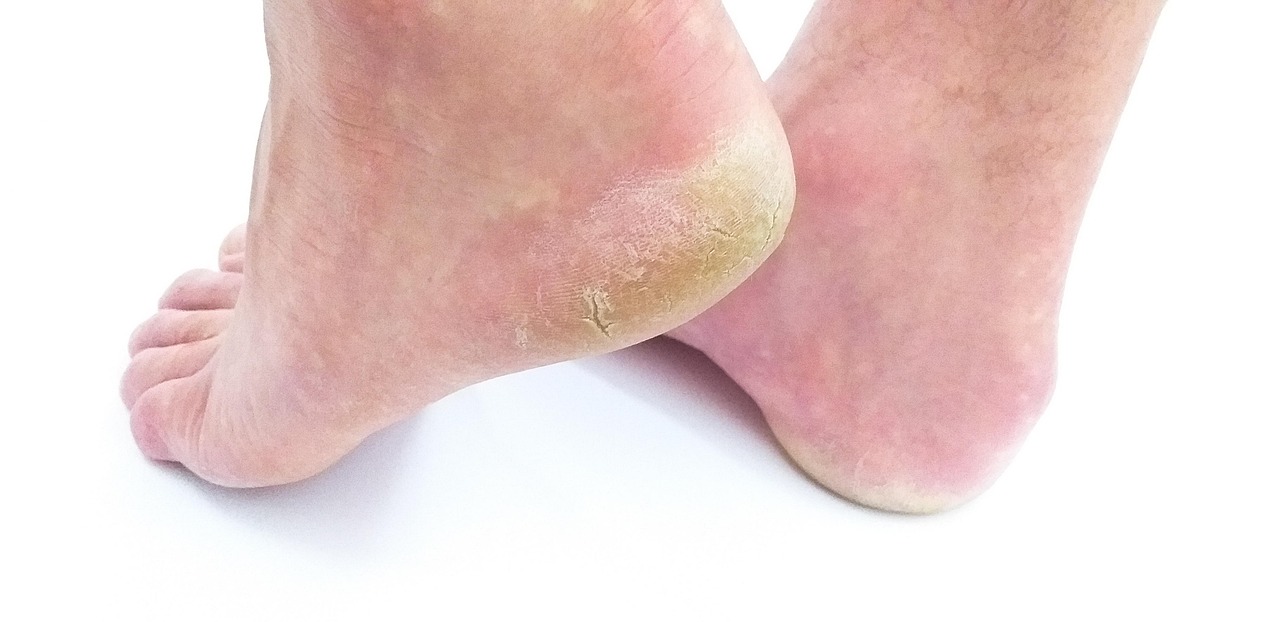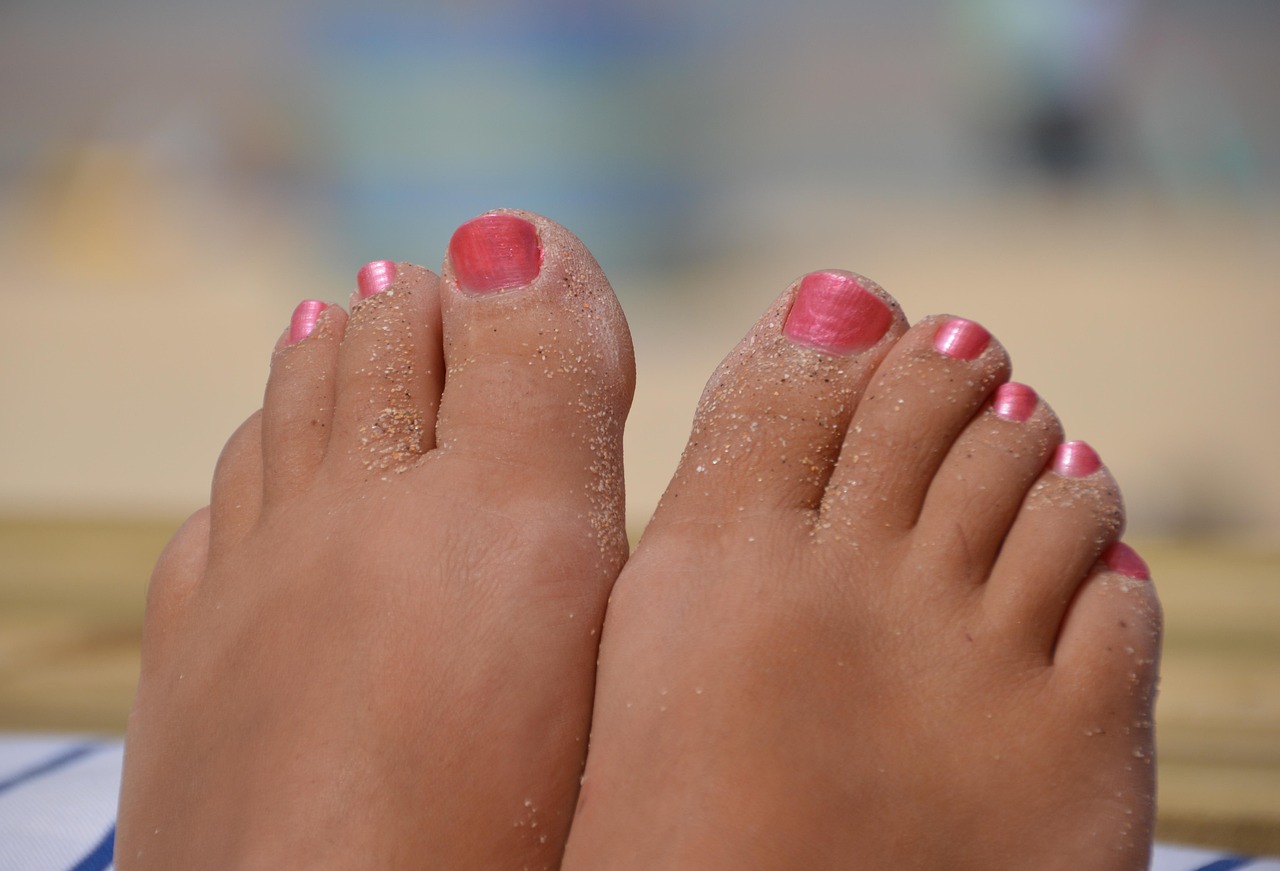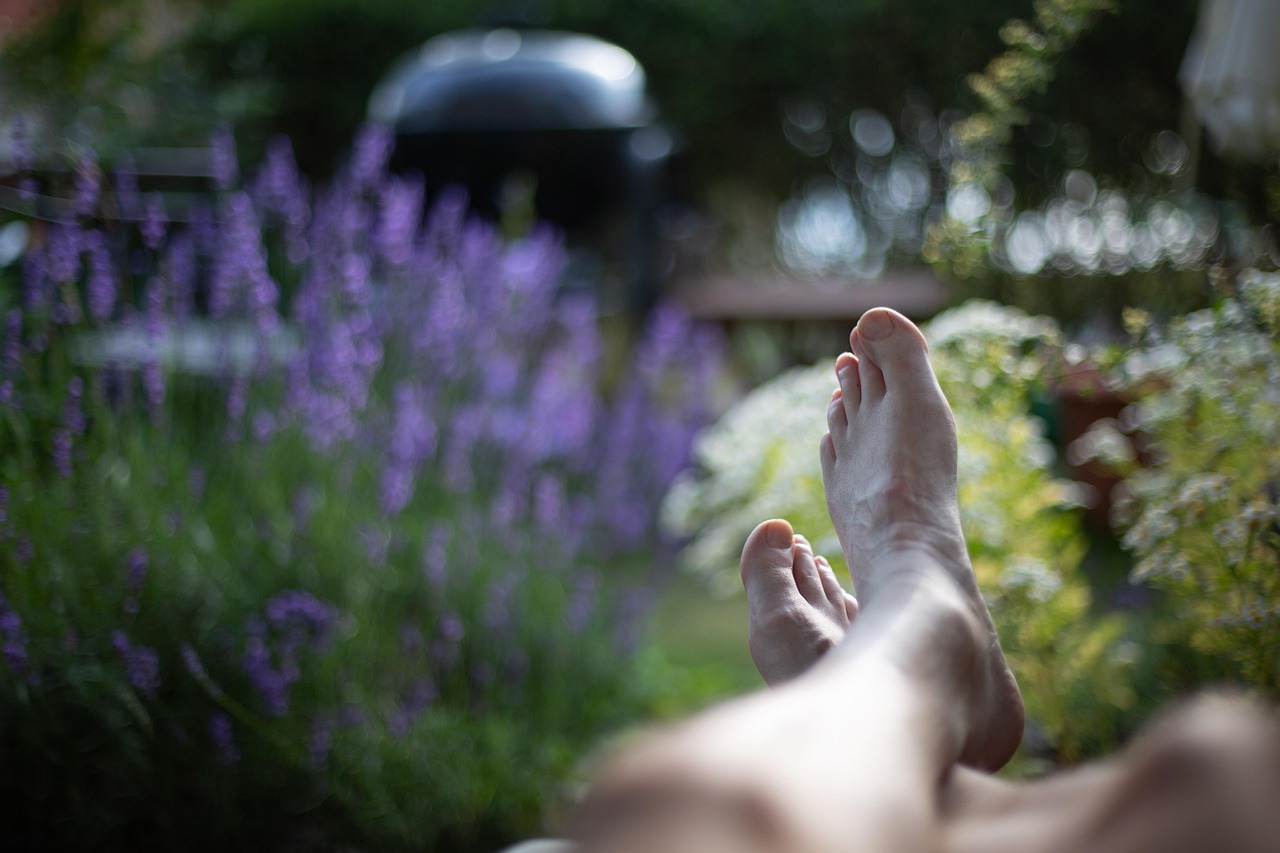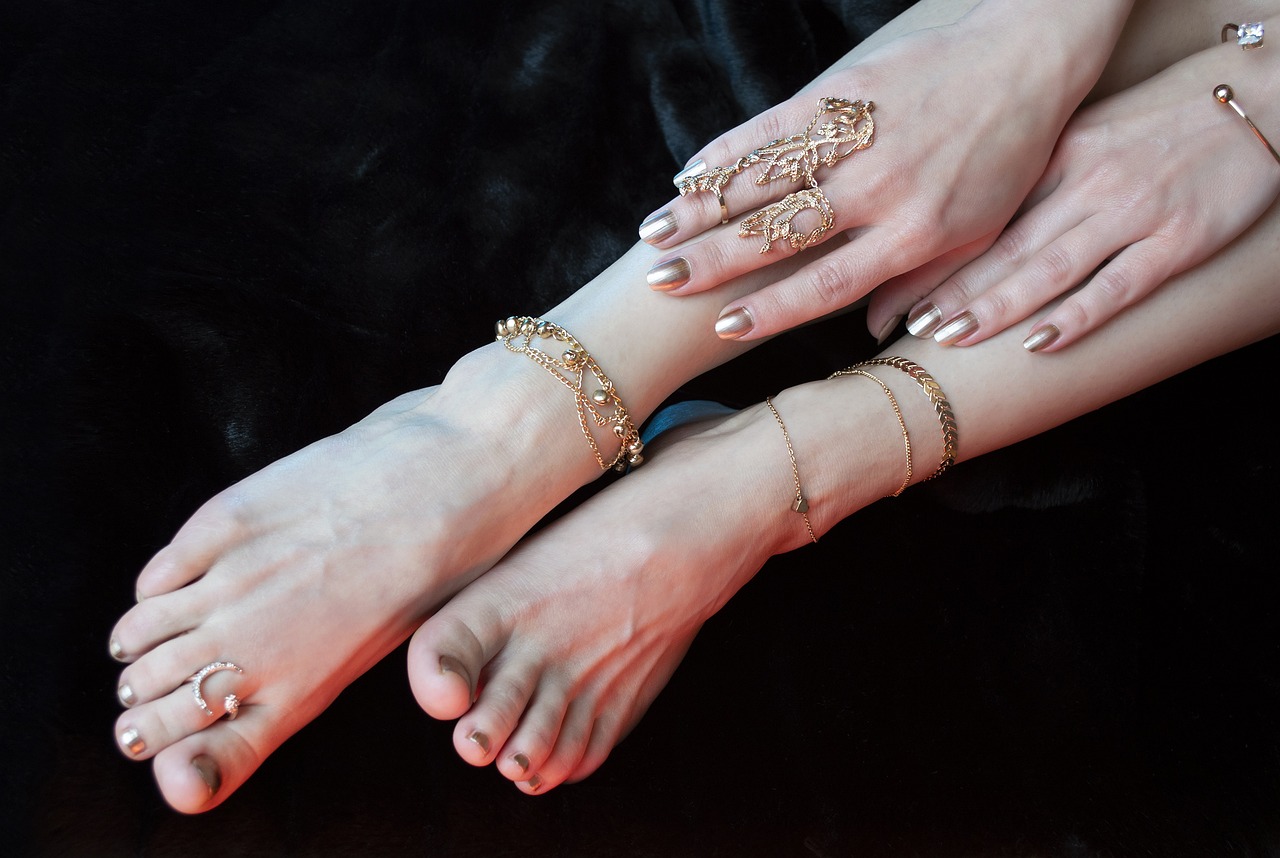And why thicker doesn’t always mean healthier.
Have you noticed that your heels feel tougher, harder, or rougher than they used to? Maybe they’ve developed calluses or a thick, almost leathery texture — no matter how often you moisturize. If so, you’re not alone.
Heel skin naturally thickens over time, especially when exposed to constant friction, pressure, and dryness. While some level of thickness is protective, excessive buildup can lead to cracks, discomfort, and stubborn dryness.
In this article, we’ll explain why heel skin gets thicker, what causes this buildup, and how to manage it with smart care routines and targeted products from The Beauty Pure.
Table of Contents
Toggle🧬 Why Does Heel Skin Become Thicker?
Your body creates extra layers of skin as a defense mechanism. It’s how your feet adapt to:
- Pressure
- Friction
- Repeated impact
- Environmental exposure (like cold, heat, or hard floors)
This process is called hyperkeratosis — the thickening of the outer skin layer (stratum corneum).
🚩 Common Causes of Thickened Heel Skin
🔹 1. Friction from Shoes and Walking
Tight shoes, open-back sandals, or walking barefoot causes constant rubbing on the heel — triggering the skin to thicken for protection.
🔹 2. Prolonged Pressure on the Heel
Standing for long periods (retail, hospitality, healthcare work) or being overweight puts repetitive pressure on the heel pad, encouraging skin buildup.
🔹 3. Dryness and Dehydration
Heel skin lacks oil glands. Without enough moisture:
- The skin becomes hard and brittle
- Dead cells build up instead of sloughing off naturally
- This leads to visible thickening and callus formation
🔹 4. Aging
As you age:
- Skin loses elasticity
- Cell turnover slows down
- Moisture retention decreases
These changes make your heel skin appear thicker, duller, and more prone to cracking.
🔹 5. Improper or Infrequent Foot Care
Skipping regular exfoliation and moisturization allows dead skin to accumulate, turning into dry, hardened layers over time.
👣 Signs Your Heel Skin Is Too Thick
- Deep cracks or fissures
- Skin feels rough, bumpy, or uneven
- Appearance of white, yellow, or gray calluses
- Itching or burning when walking
- Skin absorbs lotion very slowly
🧴 How to Manage and Soften Thick Heel Skin
The key is to gently remove buildup while restoring moisture and improving the skin barrier.
✅ 1. Exfoliate 2–3 Times Per Week
- Use a soft foot file or pumice stone after soaking
- Never use razors or harsh metal graters
- Focus on the edges of the heel and areas with visible buildup
🔁 After exfoliation, always apply moisturizer while the skin is still damp.
✅ 2. Use a Targeted Heel Repair Cream
👉 Lapitak Cream for Cracked Heels
- Contains urea to soften keratin
- Deeply penetrates thick skin
- Repairs and smooths even hardened heels
Use nightly with cotton socks to lock in moisture.
✅ 3. Maintain Daily Hydration
- Lightweight and non-greasy
- Keeps skin soft between exfoliations
- Prevents future buildup
✅ 4. Protect Feet During the Day
- Avoid walking barefoot on hard floors
- Rotate shoes to reduce repeated pressure
- Use cushioned insoles if you stand for long hours
🧠 Can You Prevent Skin from Thickening Again?
Yes — with a consistent routine.
| Action | Frequency |
|---|---|
| Moisturize | Daily (AM & PM) |
| Exfoliate | 2–3x/week |
| Use heel cream | Every night if thickened skin is present |
| Wear socks | After moisturizing at night |
| Inspect heels | Weekly for early signs of buildup |
Final Thoughts: Thick Skin Doesn’t Mean Tough Skin
Your heels work hard — and the skin responds by building layers. But without proper care, that protection can become a problem. Thicker heel skin isn’t always stronger — it’s often a sign that your feet are asking for help.
👉 Shop The Beauty Pure to find powerful yet gentle foot care solutions designed to smooth, heal, and restore your heels — one layer at a time.





